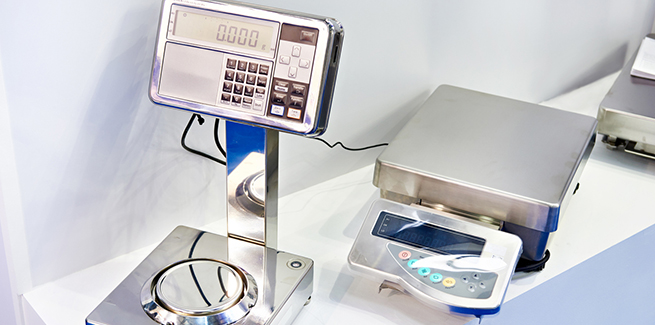Maximize efficiency with a weight protocol for controlled substances

One of the most important aspects of veterinary hospital management is navigating controlled substance recordkeeping and ensuring compliance with the Drug Enforcement Administration (DEA). In both human healthcare and veterinary medicine, having a complete and accurate record of the controlled substances in your practice is your best line of protection from any unwanted DEA action. But most veterinary practices still track their controlled substances (and fill out their records) by estimating the amount of the substance used, either by eyeballing the amount from a bottle or vial or drawing contents into syringes. In human healthcare, weighing is the norm for controlled substance management. Is a weight protocol worth considering for the veterinary community? Definitely.
Tracking weights increases accuracy and efficiency
Weighing your controlled substances is the most accurate method for creating and maintaining records because it is a direct measure of the substance itself. The volume of a vial or bottle, on the other hand, will include variable amounts of empty space. Weighing also accounts for the natural variances in the amounts between bottles and vials resulting from the normal over- or underfill from the manufacturer. Although the amounts are small, they add up fast. A bottle labeled 10mL can contain 10.75mL, which, over time, results in large overages that must be accounted for in your logbooks.
But weighing drugs when they are received and put into inventory will catch these inaccuracies and will save you from doing convoluted math when reconciling your records. More importantly, a weight protocol will save you from struggling to explain the discrepancy during a DEA audit. Creating and maintaining the most accurate controlled substance records possible is the DEA’s core compliance requirement, and the weight protocol will ensure you are meeting it.
Implementing a weight protocol in your practice
To get started, your practice should first invest in a quality gram scale that will weigh to 0.01g, which typically costs around $50 to $100. Then establish a new protocol that includes weight tracking for authorized staff. The protocol should include weighing a drug when the substance is received into your unopened stock, and when a bottle is transferred from unopened to opened stock when the seal is removed. At a minimum, the substance should also be weighed each time the drug is extracted for dosing. A final weight should be taken and recorded at the end of each bottle, or when the drug has expired and is being sent for disposal.
Committing to a weight protocol could have a big overall impact on the accuracy and efficiency of a practice’s records, and you’ll have the confidence that your practice and your staff are fully DEA compliant.
Ensure your practice is meeting the DEA’s stringent recordkeeping requirements with the newly updated edition of the AAHA Controlled Substance Logs.
About the author
Jack Teitelman is a contributor to the AAHA Controlled Substance Logs and a retired DEA supervisory special agent who spent 26 years gaining extensive experience in all facets of complex criminal drug-conspiracy investigations. As founder and CEO of TITAN Group, Teitelman directs a team of leading DEA compliance and state regulatory compliance experts and investigators to ensure that veterinary clients receive the highest quality services and support.
Photo credit: © iStock/sergeyryzhov



